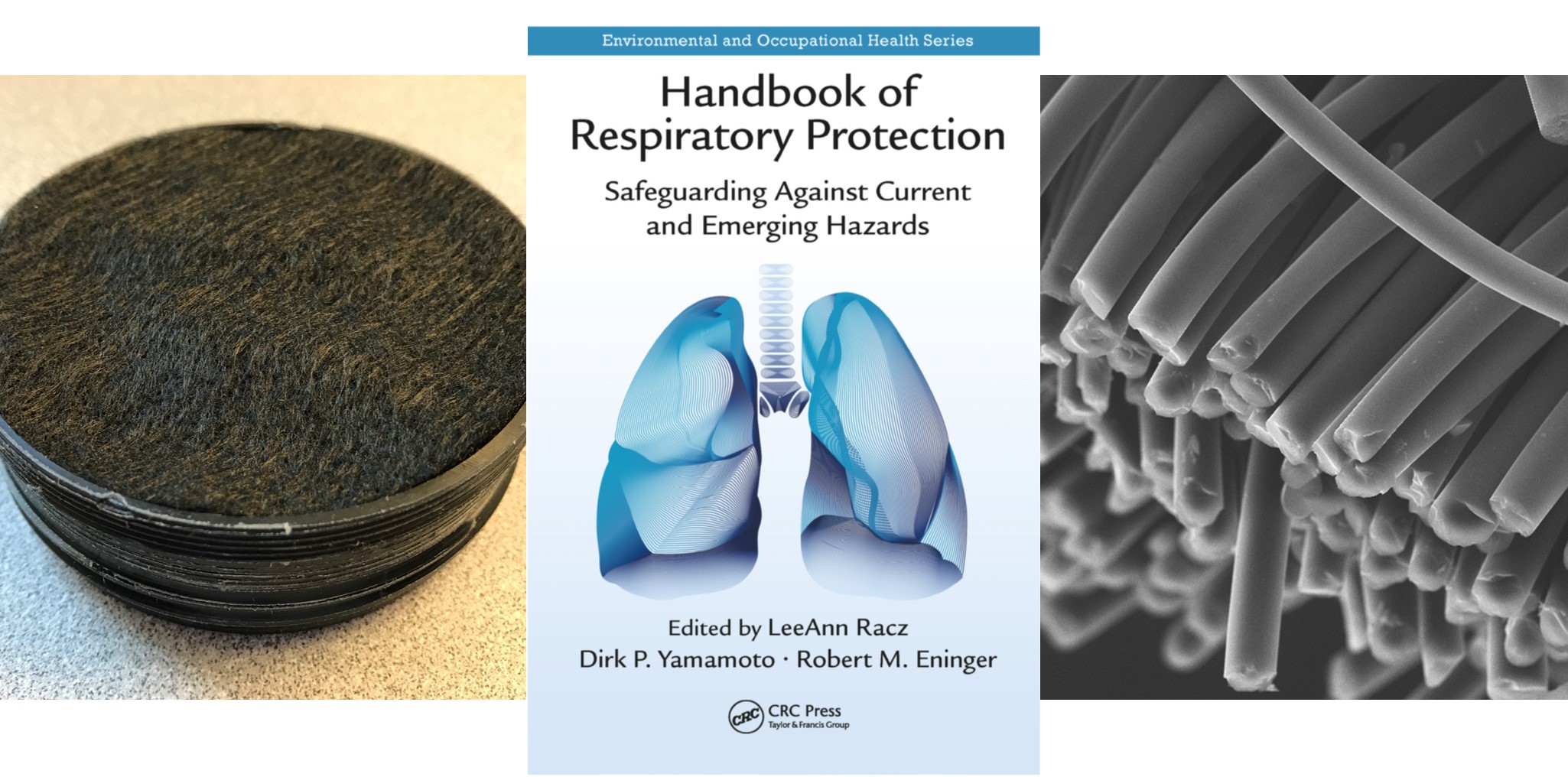Balanay JG (2017). Application of Activated Carbon Fibers in Respiratory Protection for Volatile Organic Compounds. In DP Yamamoto, RM Eninger and L Racz (Eds.), Handbook of Protection: Safeguarding against Current and Emerging Hazards (pp. 293-331). Boca Raton, FL: CRC Press. (ISBN 9781498781145)
Introduction
Approximately 5 million workers in 1.3 million workplaces in the United States are required to use respirators for protection against airborne pollutants that may cause diseases or death. A significant number of deaths and illnesses, such as cancer and lung impairment, may be prevented annually through proper use of respirators. However, workers have poor compliance in respirator use because of various difficulties and issues, including discomfort experienced by the wearer. Thus, there is a need to develop better respirators to address such discomfort-related and other issues, thereby increasing user compliance and improving worker protection against airborne contaminants. Several researchers have investigated various adsorbent materials that may be used to create improved respirators against gaseous air pollutants; these materials include activated carbon fibers (ACFs). This chapter discusses several conducted studies that investigated the properties of ACFs and their potential application for respiratory protection against volatile organic compounds (VOCs) based on breakthrough, adsorption capacity, critical bed depth, and pressure drop.




